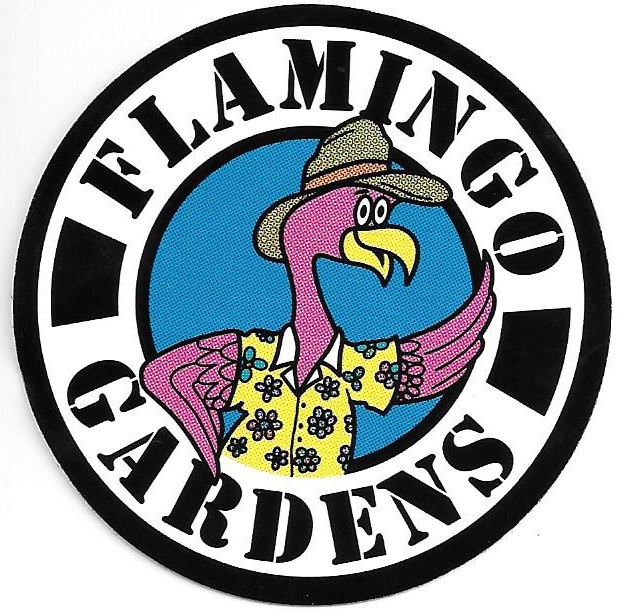DURANTA GOLD MOUND
- **Type**: Evergreen shrub (in warm climates) or tender perennial (in cooler zones)
- **Height**: 2 to 3 feet (60 to 90 cm); can reach 4 to 6 feet (1.2 to 1.8 meters) in ideal conditions with age
- **Width**: 2 to 4 feet (60 to 120 cm)
- **Growth Habit**: Compact, mounding, dense, with a rounded shape
- **Foliage**:
- Bright chartreuse to golden-yellow leaves, 1 to 2 inches long (2.5 to 5 cm)
- Oval, glossy texture
- Evergreen in frost-free areas; may turn greener in shade or drop in cold winters
- **Flowers**:
- Small, tubular, lavender-blue to purple blooms in clusters
- About 0.5 inches (1.3 cm) across
- Bloom season: Spring to fall (April to October), sporadic in mild climates
- Lightly fragrant, attracts butterflies and bees
- **Fruit**:
- Small, golden-orange berries, about 0.5 inches (1.3 cm), appearing after flowering
- **Light**: Full sun (6+ hours daily) for brightest foliage; tolerates partial shade (color fades in low light)
- **Soil**:
- Well-drained, fertile; adapts to sandy or loamy soils
- Slightly acidic to neutral (pH 5.5 to 7.0)
- **Watering**: Moderate; regular until established, then drought-tolerant; avoid overwatering
- **Hardiness**: USDA Zones 9 to 11 (20°F or -6°C; may regrow from roots in Zone 9 with protection)
- **Wildlife**: Attracts butterflies and bees; deer-resistant due to mild toxicity
- **Care**:
- Prune in late winter or early spring to maintain shape or control size
- Fertilize lightly with a balanced mix (e.g., 10-10-10) in spring
- Monitor for pests like whiteflies; ensure good drainage to prevent root rot
- **Pests/Diseases**:
- May attract whiteflies, aphids, or spider mites
- Susceptible to root rot in soggy soil or root-knot nematodes in some regions
- **Uses**: Accent plant, low hedge, container plant, or colorful border
- **Growth Rate**: Moderate; typically 12 to 18 inches per year, faster in warm climates
The Gold Mound Duranta’s glowing yellow foliage adds a vibrant pop of color to gardens, thriving best in sunny spots with minimal upkeep once settled. Let me know if you’d like more care tips or planting ideas!
